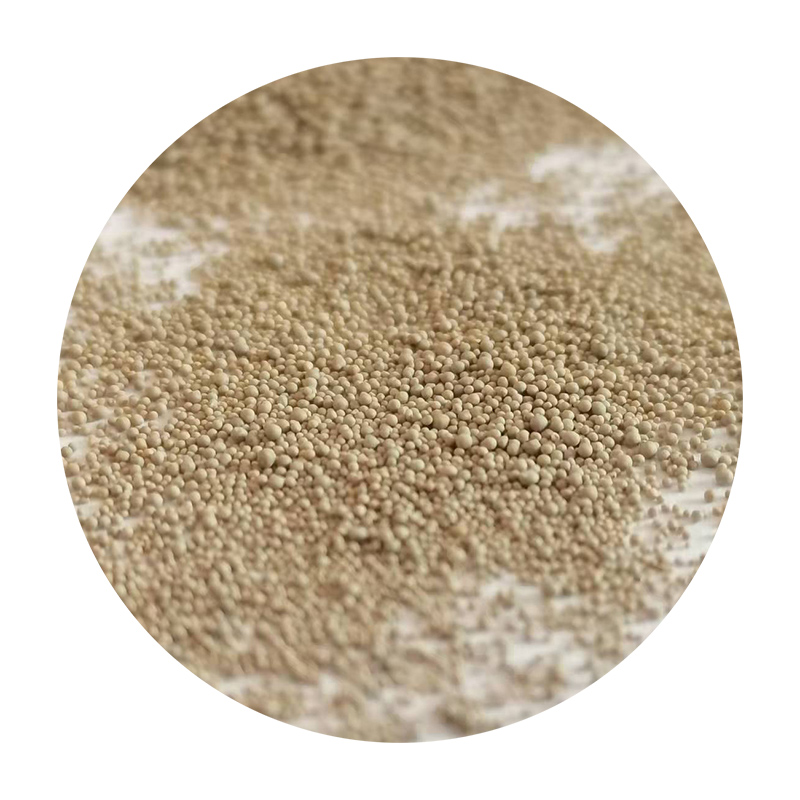The Cost Dynamics of Sand Casting An In-Depth Analysis
Sand casting, one of the oldest and most versatile metal casting processes, has maintained its relevance in various industries due to its cost-effectiveness and flexibility in producing intricate shapes and sizes. Nonetheless, understanding the costs associated with sand casting is essential for manufacturers seeking to optimize production and increase profitability. This article provides a comprehensive overview of the factors influencing sand casting costs and offers insights into cost management strategies.
Factors Influencing Sand Casting Costs
1. Material Costs The primary materials used in sand casting include metal alloys, sand, binders, and additives. The type of metal significantly impacts costs; for instance, aluminum and magnesium alloys are generally cheaper than high-performance steels or titanium. The quality of sand also determines the overall material costs. Higher grade sands may improve the casting's surface finish but can substantially increase procurement expenses.
2. Mold Creation The initial setup costs for sand casting often stem from the mold fabrication. Molds are created either from patterns made of wood, metal, or plastic. The complexity of the mold directly affects the cost; more intricate designs require more sophisticated patterns and longer lead times for creation. Additionally, the use of cores to create internal features adds to mold costs.
3. Labor Costs Skilled labor is crucial in the sand casting process, from pattern making to mold assembly and finishing. Labor costs vary significantly based on geographic location and the experience level of the workforce. Efficient training programs and automation can help mitigate these costs, but there is often a trade-off between quality and the speed of production.
4. Production Scale Economies of scale play a vital role in determining casting costs. Larger production volumes typically result in lower unit costs due to the amortization of fixed costs across a greater number of units. However, the initial investment for equipment and molds can be significant, making small production runs relatively expensive.
5. Post-Casting Processing After casting, components often undergo various finishing processes such as machining, heat treatment, and surface finishing. These additional processing steps can add significant costs to the final product. Manufacturers must evaluate whether they can reduce these costs through improved mold designs or alternative processing techniques.
6. Quality Control Ensuring that the products meet the required specifications and standards involves stringent quality control measures, which can further add to costs. Investments in inspection equipment and quality management systems can help reduce defect rates, thereby lowering overall costs in the long run.
sand casting cost

Strategies for Cost Management
To navigate the myriad of costs associated with sand casting, manufacturers can adopt several cost management strategies
1. Design Optimization Early involvement of design engineers can lead to simpler, more efficient designs that reduce mold complexity and material usage. Utilizing computer-aided design (CAD) software can facilitate this process, enabling simulations that identify potential issues before production begins.
2. Material Selection Careful selection of materials can lead to cost savings. By opting for alternative metal alloys or sand types that still meet performance requirements, manufacturers can optimize material expenditures.
3. Process Improvement Streamlining the sand casting process through automation and improved workflow can enhance efficiency, reducing labor and processing costs. Investing in modern equipment may have a high upfront cost but can lead to significant long-term savings.
4. Supplier Relationships Building strong relationships with suppliers can provide better pricing and reliability in material sourcing. Negotiating bulk purchase agreements can also help manage costs.
5. Continuous Training Investing in employee training ensures a skilled workforce that can adapt to new technologies and processes, reducing errors and inefficiencies.
Conclusion
As the demand for sand casting increases across various industries, understanding the cost components of this process is crucial for manufacturers. By strategically managing material costs, optimizing designs, and improving production processes, companies can ensure that they remain competitive while maximizing profitability. The sand casting industry continues to evolve, and those who embrace innovation while focusing on cost management will thrive in this dynamic environment.
Post time:ਅਕਤੂਃ . 10, 2024 11:37
Next:parts of sand casting
